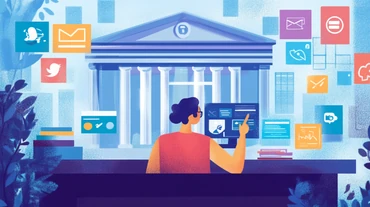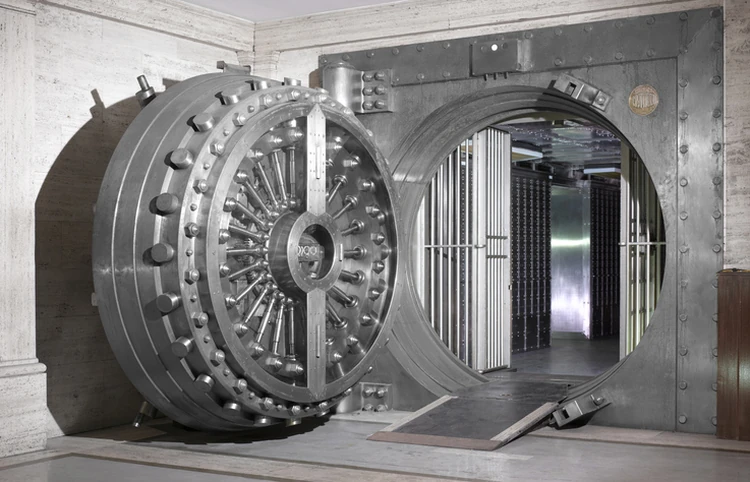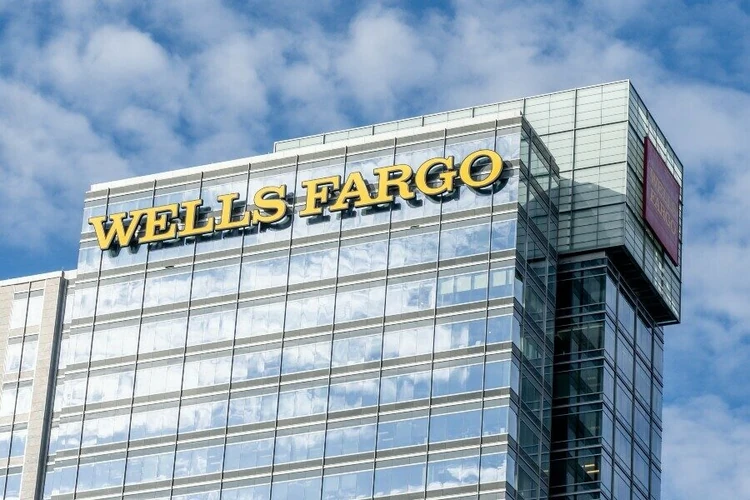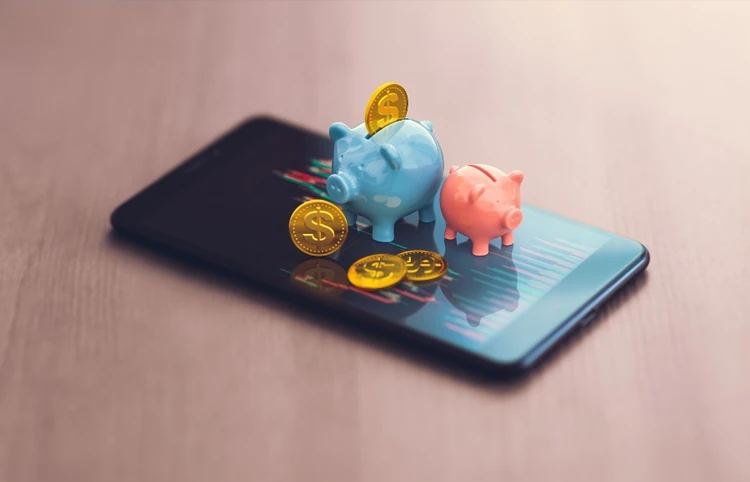Rural communities from Appalachia to Alaska that are looking for a way to strengthen their economies have a new champion to help them get over the hump. The Consumer Financial Protection Bureau (CFPB) has launched a new initiative focused on discriminatory and predatory agricultural practices, manufactured housing, and a scarcity of banking.
It’s a rather large task that the CFPB is taking on given that rural life in and of itself is extremely diverse. Arkansas isn’t the same as it is in neighboring Texas, and farming differences between Montana and South Carolina are night and day.
“Rural people are deeply committed to the places they live, but face real challenges in accessing reliable services and good jobs, keeping up with household expenses, maintaining farming, and finding affordable housing,” said the CFPB’s Shawn Sebastian.
“We are concerned about these threats to rural household financial resiliency and committed to using our tools and authorities to ensure that rural communities, and the people who live in them, have opportunities to build wealth and thrive.”
Sebastian said rural America never fully recovered from the shock of the 2008 financial crash and that job growth in rural areas has been less than a third of the rate of job growth in urban areas. In addition, rural wages are lower and poverty rates are higher in rural communities than they are in cities.
“And the gap is growing," he said. “Increasing corporate consolidation across the economy has hit rural areas particularly hard, suppressing wages and leaving rural people with fewer employment options. In addition, the effects of the COVID-19 pandemic on rural populations have been severe, with significant negative impacts on unemployment and the economic outlook .
The issues facing rural America
Earlier this year, CFPB Director Rohit Chopra invited more than 50 people from organizations representing rural people across the U.S. to share their concerns with the agency. The #1 issue that those people said they could use help with is making sure their communities’ experience with consumer finance mirrored that of metropolitan areas. Tackling that issue would go a long way towards addressing what the agency calls “rural banking deserts.”
The rural patrons the agency heard from said a decline in banks has led to non-bank alternatives that charge higher fees and interest rates, which results in more money leaving rural communities.
“Trends of bank consolidation have also resulted in the loss of local, on-the-ground knowledge of how rural communities operate. As a result, banking relationships and credit disappear, followed by small businesses and jobs,” Sebastian said, adding that the rural counties most deeply affected by bank closures are those with a greater proportion of African-American residents relative to other rural counties.
CFPB looks to tackle more issues
In addition to rural banking deserts, the CFPB is looking to address several other economic and financial disparities in rural communities to bring those areas closer to equality. Two additional issues it's looking to tackle include:
Discriminatory and Predatory Practices: People submitting comments to the CFPB noted that credit providers discriminate against Black farmers, which in turn, has contributed to the decline of Black farmers from a million in 1920 to fewer than 50,000 today, with a loss of 12 million acres of farmland.
“We heard from people working on the ground with Black farmers that discrimination in lending to Black farmers continues to persist and that many Black farmers still struggle to access the credit they need,” he said.
The agency was also told by farmers that their obligations to banks can trap them in exploitative arrangements with agriculture firms that seem intent on controlling a farmer’s life.
Manufactured Housing: Another concern that the rural citizens cited was difficulty in finding quality, affordable housing in rural areas due to a limited supply of rental properties. Manufactured housing residents told the agency that manufactured home parks are increasingly being bought up by private equity firms that have, in some cases, taken advantage of renters by dramatically increasing rents and tacking on fees.
“According to the residents we heard from, some feel trapped in the arrangement because they’re still paying off their home-only loan and don’t want to lose the equity they’ve invested,” Sebastian said.
Rural communities from Appalachia to Alaska that are looking for a way to strengthen their economies have a new champion to help them get over the hump. Th...














